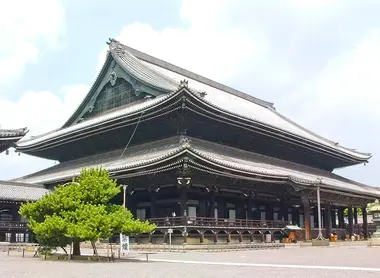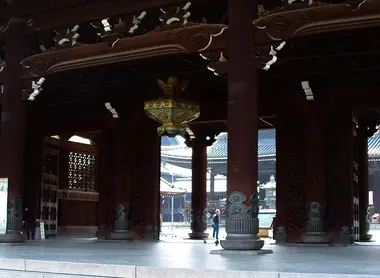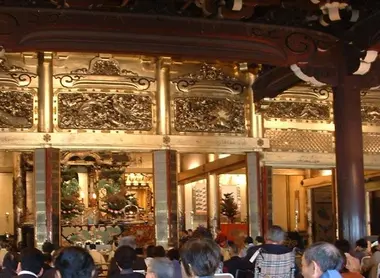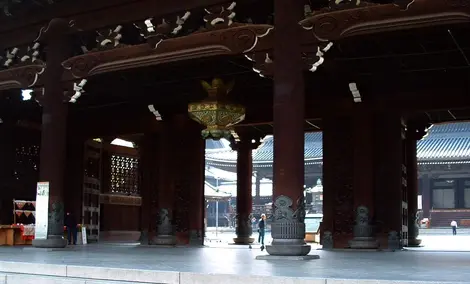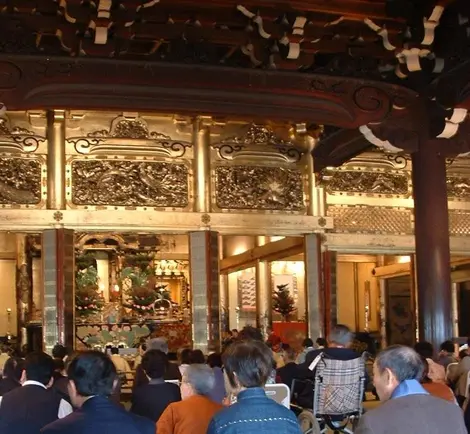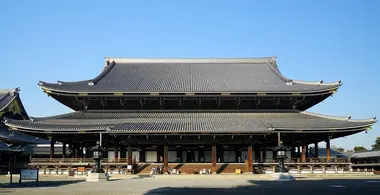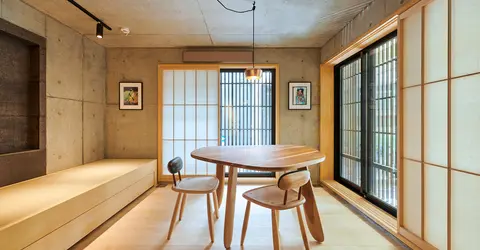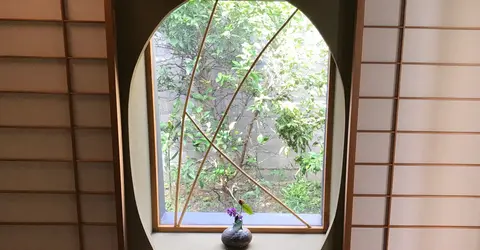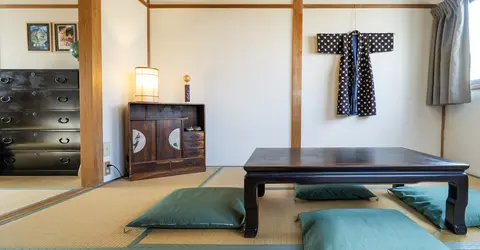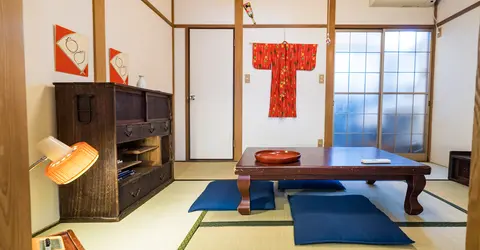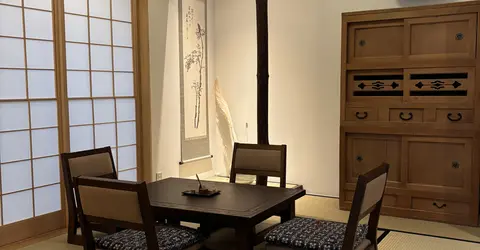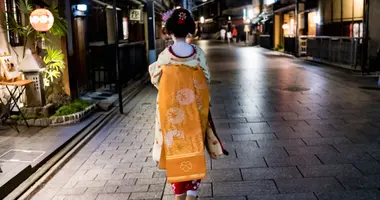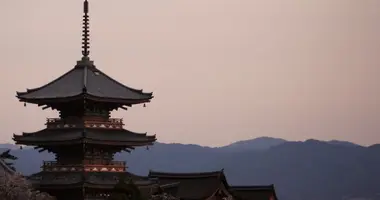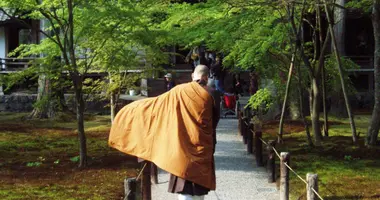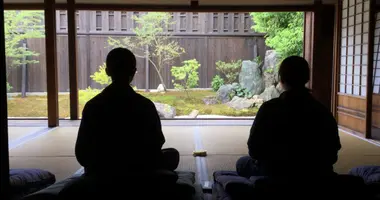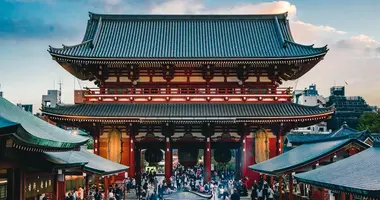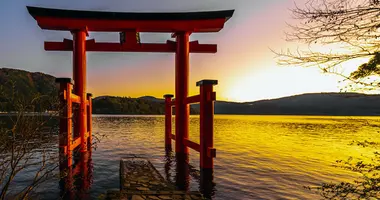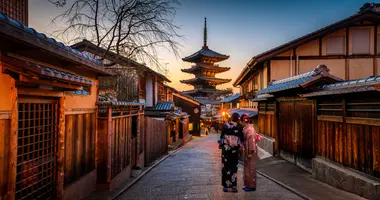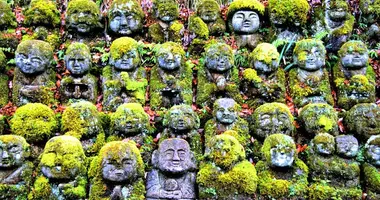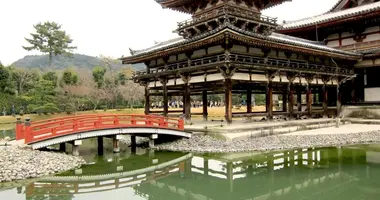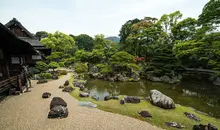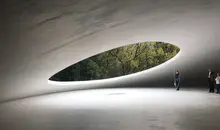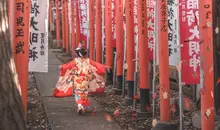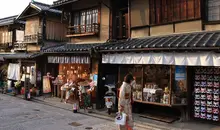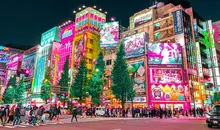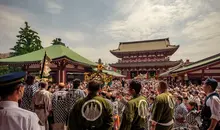Higashi Honganji Temple 東本願寺
- Publicado el : 17/05/2018
- Por : S.R.
- Youtube
L’immensité de bois
LeHigashi Honganji ("temple du vœu originel oriental") est un templebouddhiste de Kyoto, qui possède un frère jumeau à quelques centaines demètres, le Nishi Honganji. Issu d’une scission décidée par Ieyasu Tokugawa, cetemple de est connu pour son immense toiture qui en fait un des édifices enbois les plus grands du monde.
The Jôdo-Shinshû, a powerful sect
At the base of Higashi Honganji, we find the sect of Jôdo-Shinsû (sect of the True Pure Land) propagated by the monk Shinran , who lived at the beginning of the Kamakura period (1185-1333). Shinran wanted to simplify the Buddhist doctrine by affirming in particular the central place of the chanting of the " nembutsu " (invocation of Buddha) " namu amida butsu " ("Reverence to the Great Buddha"). The sect took off during the 15th century and became so powerful that it was able to wage a 10-year war against Oda Nobunaga during the Sengoku period (1467-1603). It was the fear of this power that led Ieyasu Tokugawa to decide in 1602 to separate the school, then installed in Kyoto, into two branches. The Higashi Honganji was thus built to the east of the original temple .
See our theme : Temples and shrines
LeBuddhism size XXL
The Higashi Honganji has experienced four destructions by fire throughout history, the last in 1895. Opening onto an impressive carved wooden door – the Goeidô-mon – it is organized around a building of immense proportions: the goei- dô , or founder's hall. With the largest wooden roof in the world, it measures 76 meters in length, 58 in width and 38 in height, making it the largest wooden building in Kyoto . You might get the feeling of an endless building as you walk through the tatami-carpeted hall supported by nearly 90 pillars.
A wooden statue of Shinran sits on the main altar , behind which a painting by artist Kôno Bairei of red and white lotuses has hung.
Read: Japanese Buddhism
The other major structure of the temple is the Amida-dô , hall of Amida, in the center of which a statue of the Amida Buddha has been installed . To its right you will find a representation of Prince Shotoku, who played a major role in the introduction of Buddhism to Japan, while to its left is placed a portrait of the monk Hônen, the teacher of Shinran.
See also: Buddhist statuary
It's not all gigantism in this temple. If you want to find yourself in peace among the greenery, enter the Shôsei-en garden, a national historical site since 1936, which consists of a
large lake surmounted by several bridges, some of which are covered . Extending over an area of nearly 33,000 m 2 , the garden draws its fame from the many tea houses installed at the edge of the pond in the middle of which wind small dirt roads.
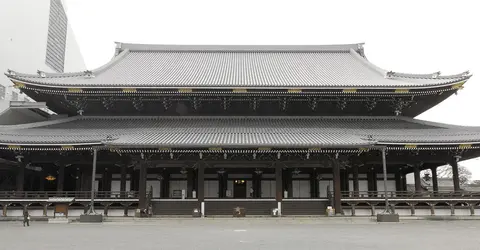
Front shot of Higashi Honganji's "Founder's Hall"
Wikipedia
Dirección - Horario - Acceso
Dirección
Phone
+81 75-371-9181Horario
10 minutes on foot north of JR Kyoto stationPrecio
Free accessAcceso
- From March to October: 5:50 a.m. to 5:30 p.m. - From November to February: 6:20 a.m. to 4:30 p.m.
